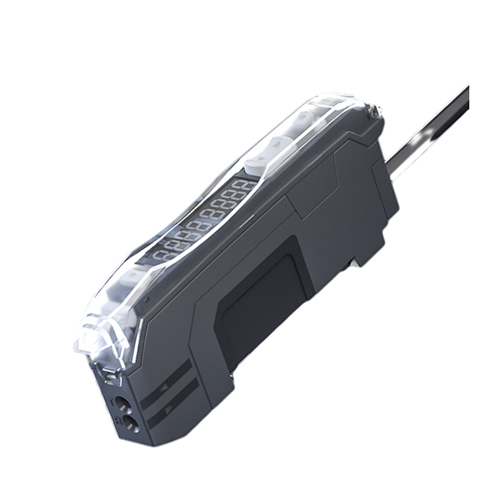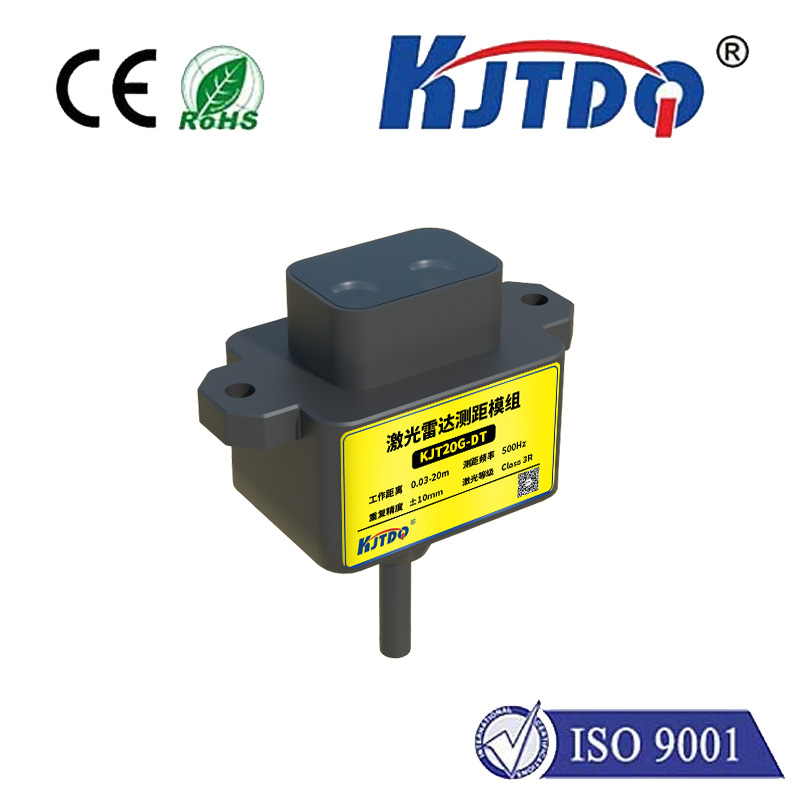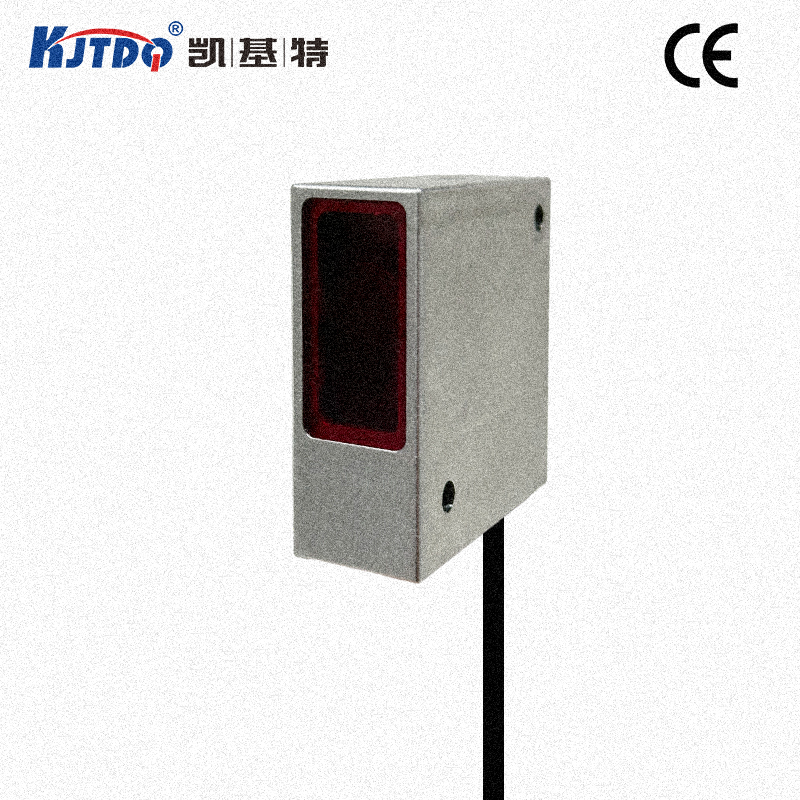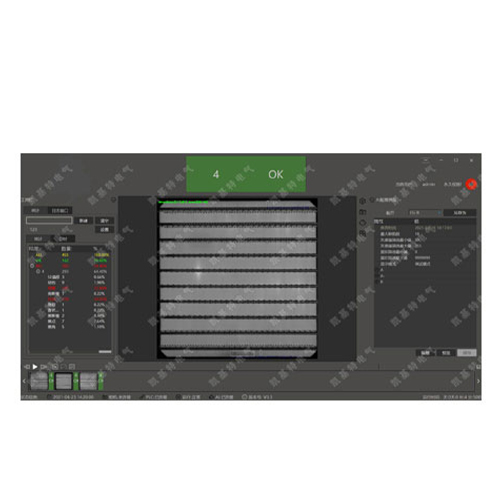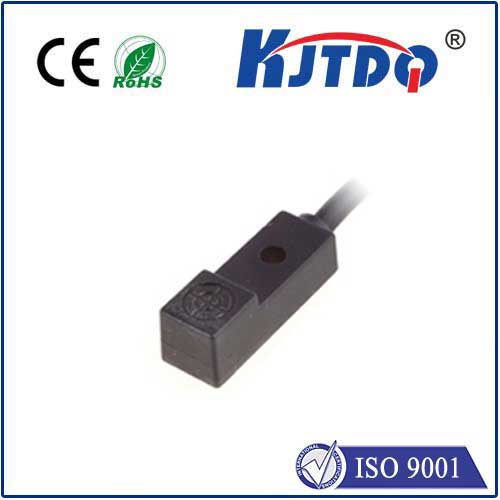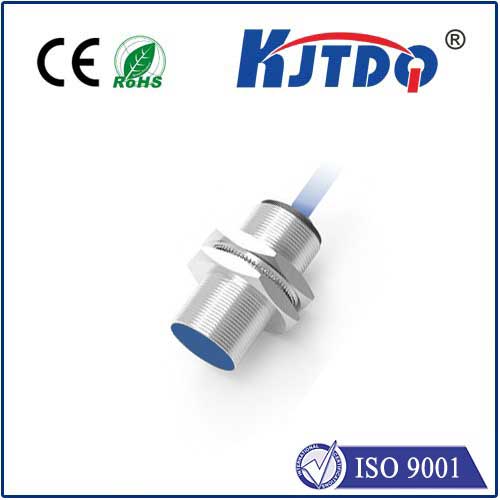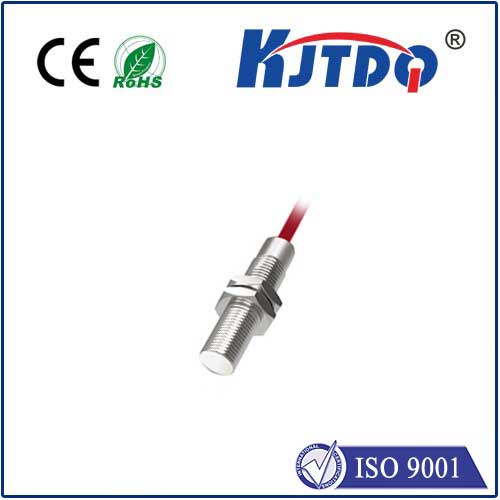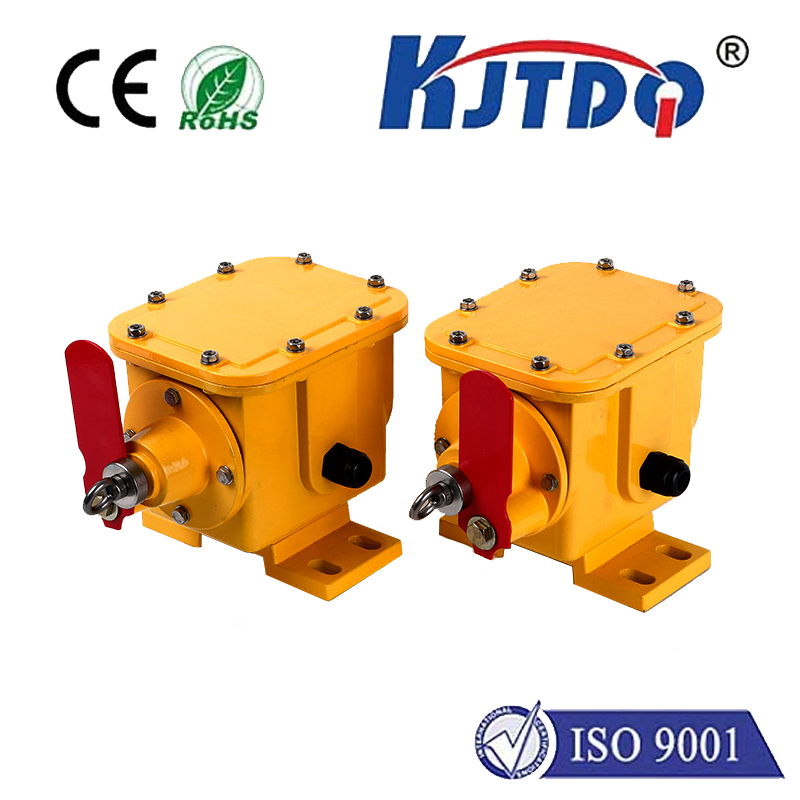

check

check

check

check

check

check

check

check

check

check
In the intricate choreography of modern industrial automation, precise and reliable sensing is the silent conductor. While many sensors excel at detecting metal objects, countless processes involve non-metallic materials – liquids filling containers, plastic caps on bottles, labels on packages, or grain levels in silos. This is where Allen Bradley capacitive proximity sensors step into the spotlight, offering a versatile and robust solution for detecting a remarkably wide range of materials, solid or liquid, regardless of conductivity. Understanding their capabilities unlocks a new level of process control and efficiency across diverse industries.
Unpacking the Capacitive Principle: Seeing Through the Surface
Unlike their inductive cousins that rely on electromagnetic fields interacting only with conductive metals, capacitive proximity sensors operate on a different fundamental principle. Imagine the sensor face as one plate of a capacitor and the target object (or the surrounding environment) as the opposing plate. When an electrical charge is applied to the sensor’s internal oscillator circuit, it creates an electrostatic field projecting from the sensing face.
When any object – be it metal, plastic, wood, glass, cardboard, ceramic, or even liquids like water, oil, or chemicals – enters this electrostatic field, it disrupts the field’s characteristics. This disruption changes the oscillator’s amplitude. The sensor’s sophisticated electronics detect this amplitude change and trigger its output switch (NPN, PNP, NO, NC depending on model).

The Allen Bradley Advantage: Reliability Engineered
Rockwell Automation’s Allen Bradley brand brings its hallmark qualities of durability, precision, and integration to capacitive sensing technology. Why choose Allen Bradley capacitive proximity sensors for your critical detection tasks?
Key Applications: Where Capacitive Sensors Shine
The unique capabilities of Allen Bradley capacitive proximity sensors make them the go-to solution in numerous scenarios:
Making the Right Choice: Factors to Consider
Selecting the optimal Allen Bradley capacitive proximity sensor involves evaluating several parameters:
Conclusion: Expanding Automation Possibilities
Allen Bradley capacitive proximity sensors are more than just sensors; they are enablers of automation complexity. By reliably detecting materials invisible to inductive sensors, they overcome significant limitations, enhancing process visibility, control, and efficiency. Their robustness, tuning capabilities, and advanced features like IO-Link solidify their position as vital components in diverse industrial landscapes. When your application demands detecting anything beyond metal, Allen Bradley capacitive proximity sensors provide the proven performance and Rockwell Automation reliability needed to ensure smooth, optimized, and error-free operations. Investing in the right sensing technology unlocks potential and drives productivity forward.
